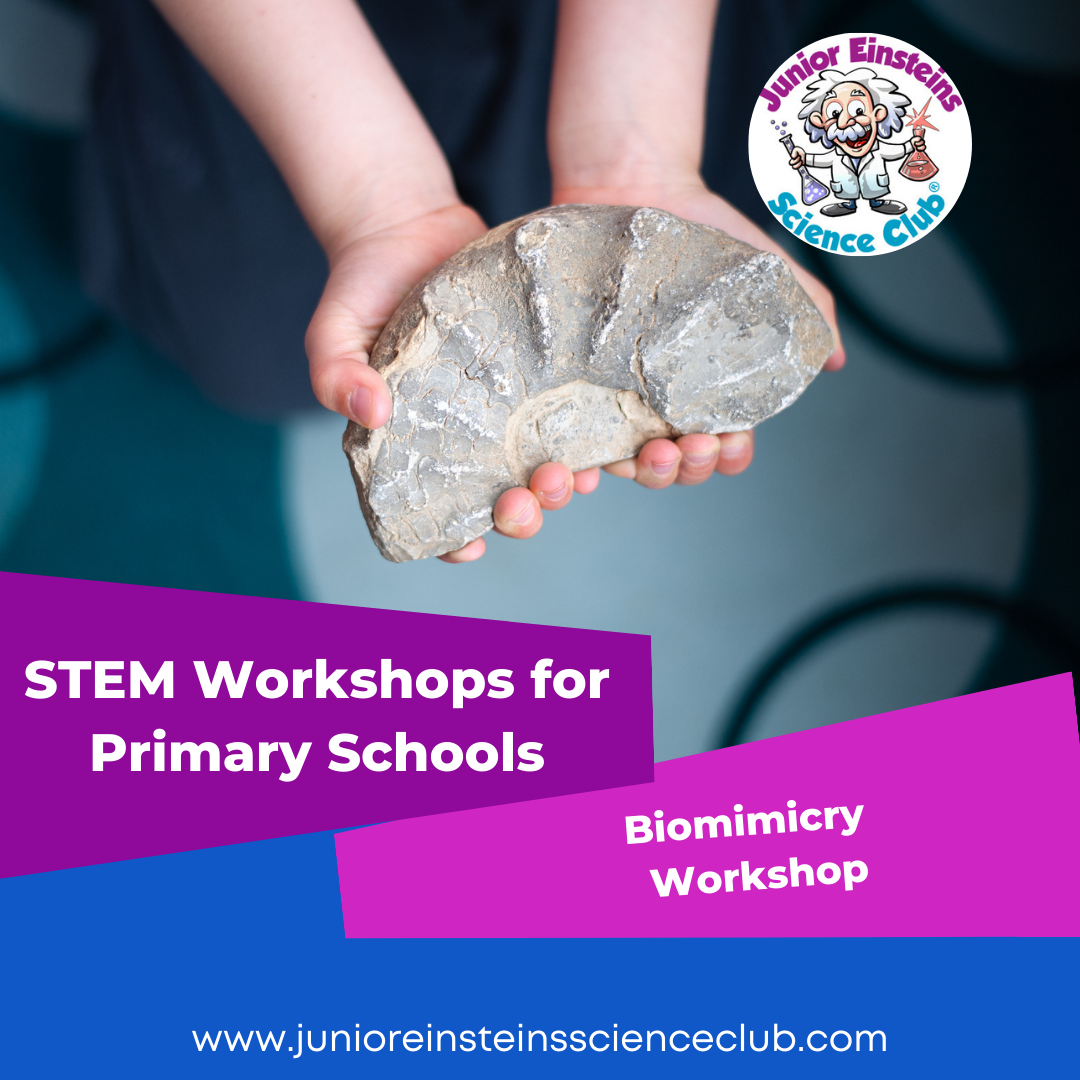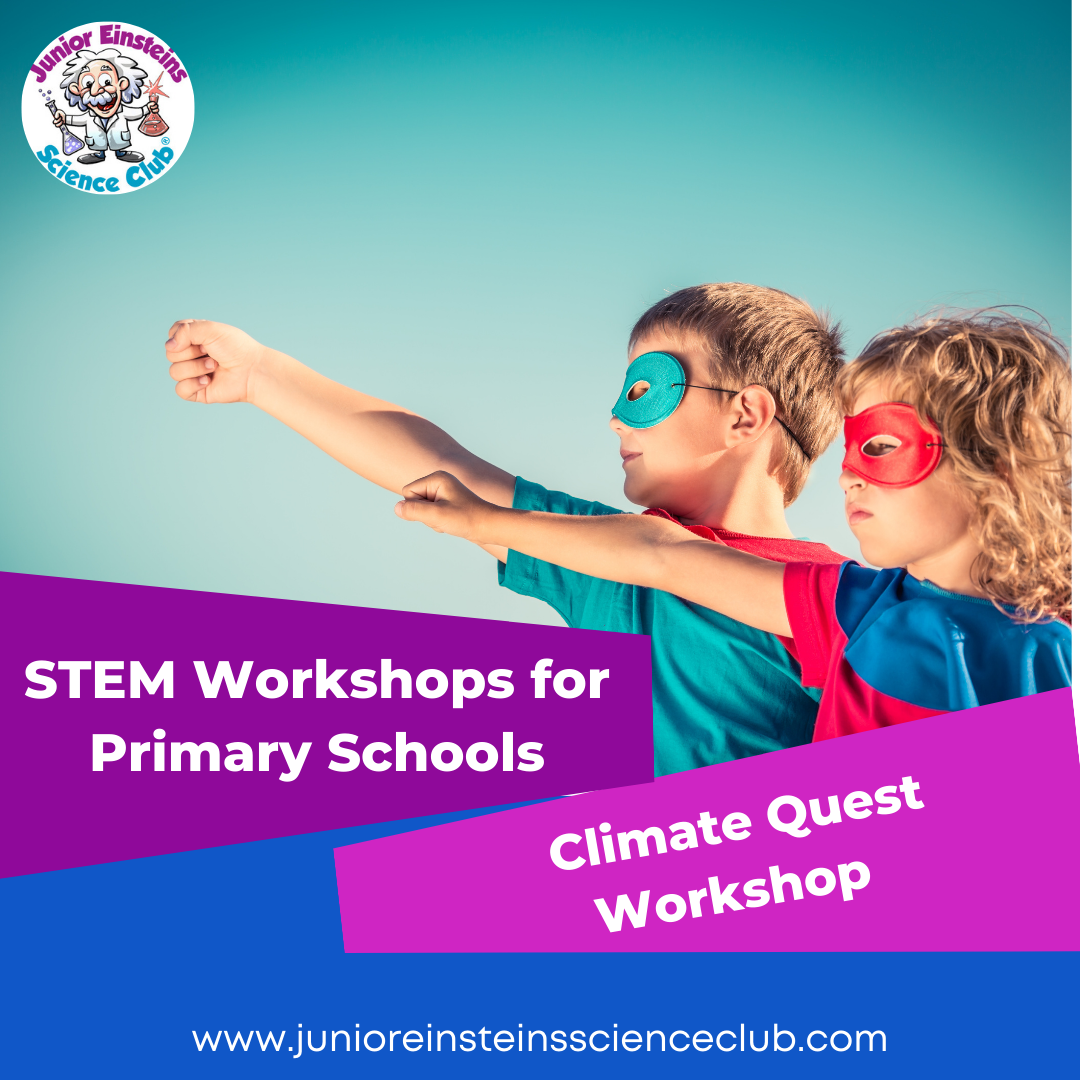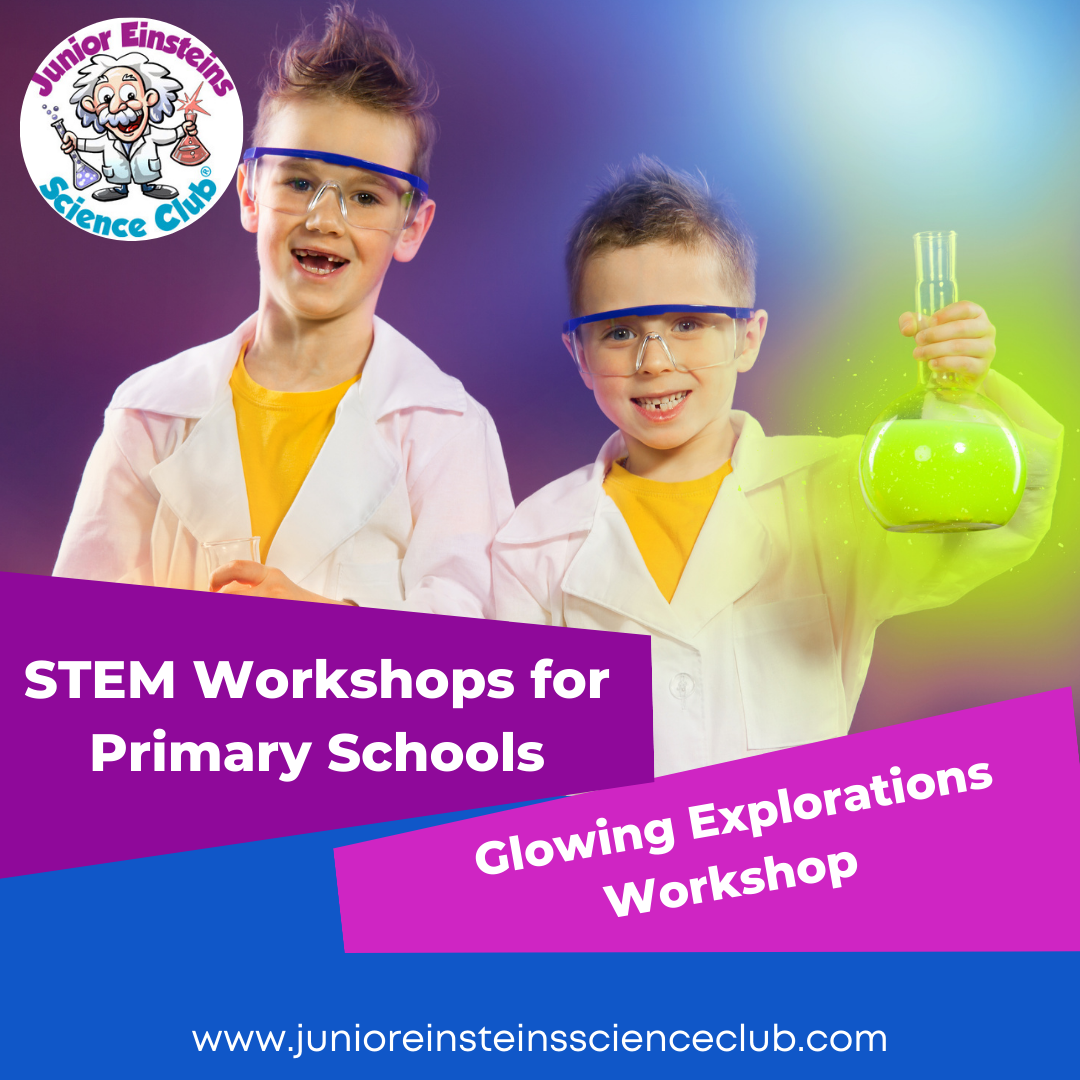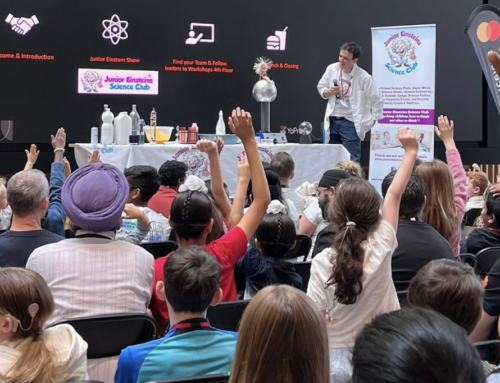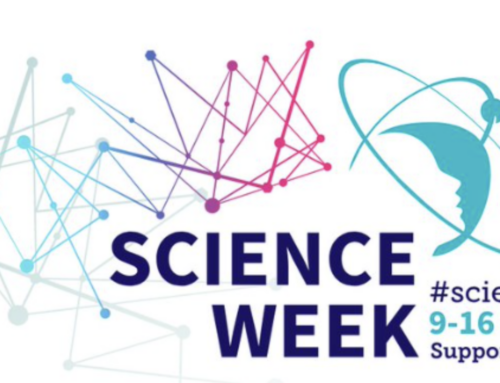Junior Einsteins Science Club: Fostering Sustainability and Climate Change Awareness
In the face of global challenges like climate change, it has become increasingly important to educate the next generation on the significance of sustainability and environmental stewardship. The Junior Einsteins Science Club recognises this urgency and has integrated sustainability concepts into its STEM education programs. Junior Einsteins Science Club: Fostering Sustainability and Climate Change Awareness By fostering environmental awareness, the club aims to empower children with the knowledge and skills to take meaningful action. The club’s standout sessions on this topic are ‘Climate Quest,’ Glowing Explorations’ , Biodiversity Bonanza’ and Biomimicry’ designed to help children understand the causes of climate change and treasure our environment.
Climate Quest: Engaging Activities for Young Environmentalists
Aim:
To help children comprehend the causes of climate change and inspire them to take action to mitigate its effects.
Activities:
- The Greenhouse Effect:
- Children learn about the greenhouse gases and how they trap heat in the Earth’s atmosphere.
- Through hands-on experiments, they can observe how the greenhouse effect works and its impact on global temperatures.
- Investigating Carbon Dioxide:
- This activity allows children to investigate the role of carbon dioxide in climate change.
- Using simple experiments, they measure CO2 levels and understand its sources and effects on the environment.
- Ocean Acidification:
- Children explore how increased CO2 levels lead to ocean acidification.
- They conduct experiments to observe the effects of acidification on marine life, particularly on shells and corals.
- Ice Melting and Sea-Level Rise:
- Through interactive demonstrations, children see firsthand how melting ice contributes to rising sea levels.
- They also learn about the implications for coastal communities and ecosystems.
- Carbon Footprint Reduction:
- This activity focuses on practical ways to reduce carbon footprints.
- Children engage in discussions and projects that highlight energy conservation, sustainable transportation, and the importance of renewable energy sources.
Glowing Explorations: Unveiling the Secrets of ‘Bioluminescence’
Aim:
To foster an appreciation for the diversity of natural adaptations, such as bioluminescence in marine organisms, and to understand the principles of fluorescence.
Activities:
- Children explore the phenomenon of bioluminescence, learning about marine organisms that use this remarkable adaptation for survival.
- They experiment with safe, accessible materials to create glowing effects, simulating bioluminescence.
- Through observation and experimentation, children gain a deeper understanding of how animals have adapted to their environments.
Biodiversity Bonanza: Celebrating Life’s Variety
Aim:
To emphasize the importance of biodiversity and its role in maintaining a healthy environment.
Activities:
- Biodiversity Hunt:
- Children participate in a scavenger hunt to discover various plant and animal species, learning about their unique characteristics and habitats.
- Carbon Dioxide Absorption by Plants:
- Through experiments, children observe how plants absorb CO2, highlighting the critical role of flora in regulating atmospheric carbon levels.
- Climate Change and Camouflage:
- This activity demonstrates how animals use camouflage to adapt to their environments and how climate change impacts these adaptations.
- Biodiversity Jenga:
- A fun, interactive game where children learn about the interconnectedness of species and the importance of each one in maintaining ecological balance.
Biomimicry: Innovation Inspired by Nature
Aim:
To explore the principles of biomimicry and how natural designs can inspire solutions to human problems.
Activities:
- Owl Wings:
- Children examine the structure of owl wings and how their silent flight has inspired noise-reducing technologies.
- Butterfly Proboscis:
- Investigating the butterfly proboscis, children learn about its design and how it has inspired advancements in medical devices.
- Gecko Feet:
- Exploring the adhesive properties of gecko feet, children understand how this adaptation has led to the development of advanced adhesives.
- Lotus Leaves:
- Children study the self-cleaning properties of lotus leaves and how this has influenced the creation of water-repellent surfaces.
- Ventilation Systems Inspired by Termites:
- Investigating how termite mounds are naturally ventilated, children learn about sustainable building designs that improve energy efficiency.
Junior Einsteins Science Club is at the forefront of integrating sustainability and climate change education into STEM learning. Through engaging and interactive activities, children not only gain scientific knowledge but also develop a profound understanding of environmental stewardship. By inspiring young minds today, we can hope to cultivate a generation that is informed, proactive, and committed to protecting our planet for the future.


